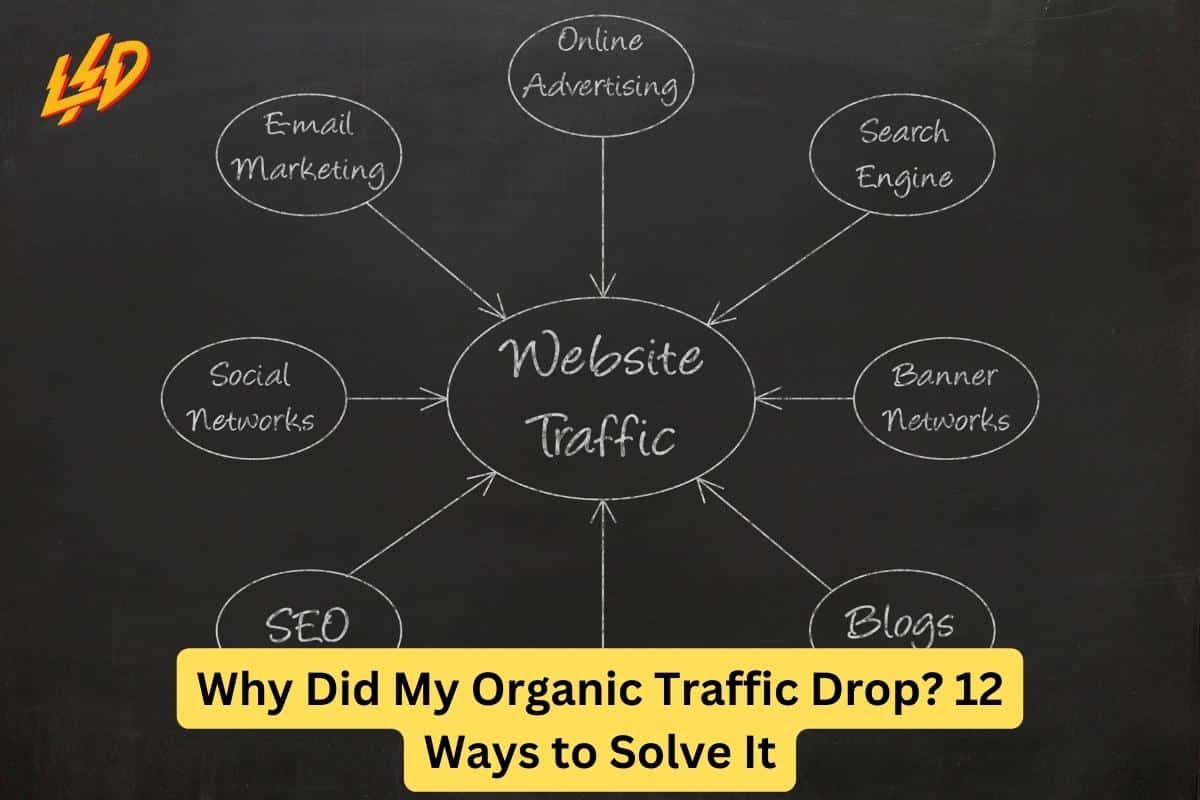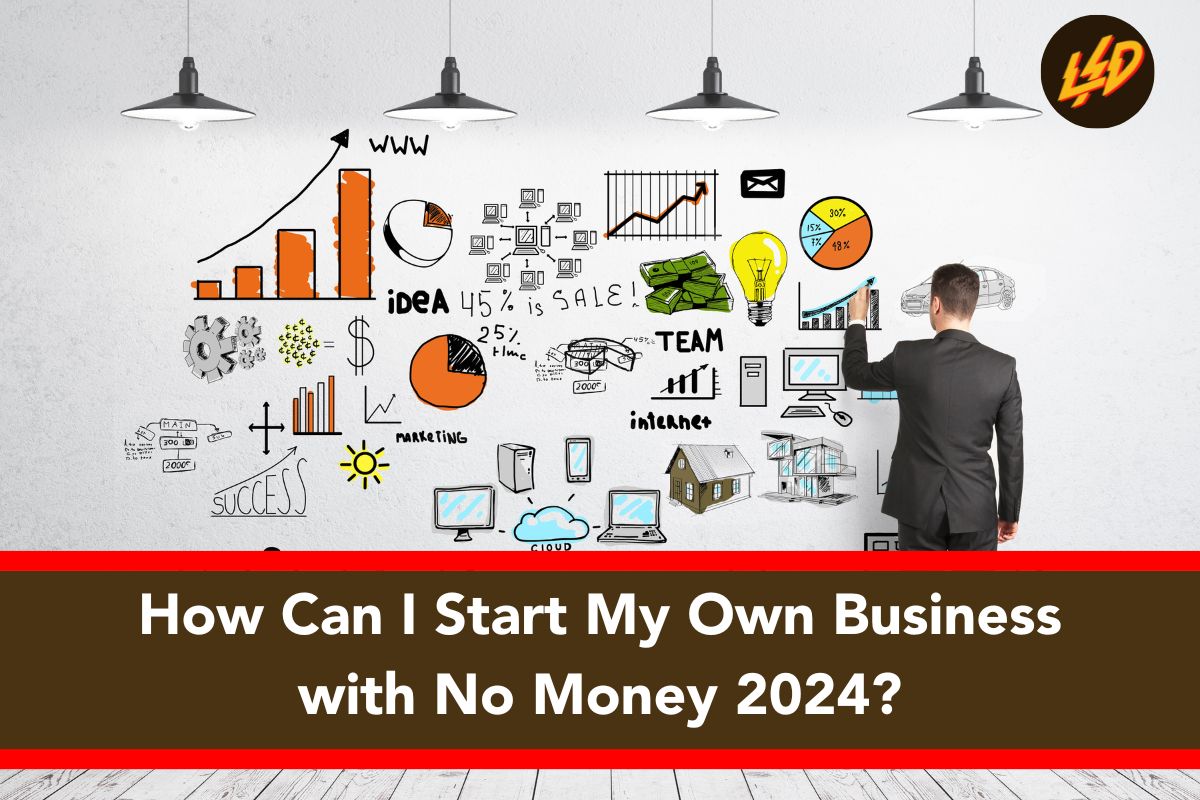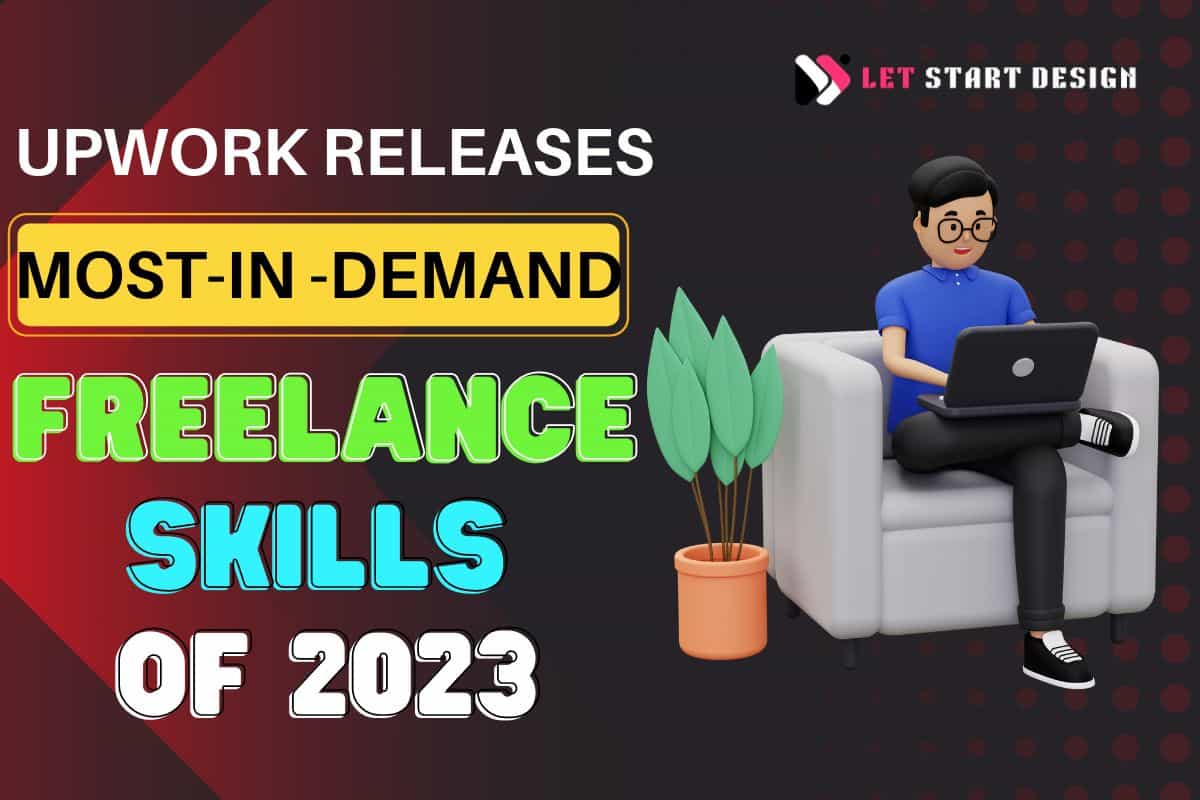Starting a blog can be an exhilarating journey into the world of online expression and information sharing. But before you jump in, selecting the right niche is crucial. A niche is more than just a topic—it’s the lens through which you’ll share your passion, knowledge, and insights with the world. This guide is designed to help beginners navigate the process of picking a niche that’s not only interesting but also sustainable and potentially profitable.
Chapter 1: Understanding the Basics of Blog Niches
What is a Blog Niche?
Simply put, a blog niche is a specific area of interest where you can offer your unique perspective. It’s where your passion meets the needs of a particular audience. Think of it as your blog’s focus area, which helps attract readers who share the same interests.
Why Choose a Niche?
Focusing on a niche helps you create targeted content that resonates with a specific group of people. This can lead to more engaged readers, better search engine visibility, and greater monetization opportunities.
Chapter 2: Identifying Your Interests and Passion
Following Your Passion
Your blog should reflect something you’re passionate about. Blogging requires commitment, and it’s your enthusiasm for the subject that will keep you going, even when it gets tough. Make a list of topics you love and consider how they might narrow down into potential niches.
Matching Passion with Audience Interests
While it’s important to choose a niche you’re passionate about, it also needs to appeal to others. Research to see if there’s an audience interested in your potential niche. Tools like Google Trends and social media platforms can provide insights into what people are talking about and searching for.
Chapter 3: Researching and Refining Your Niche
Finding Your Niche’s “Sweet Spot”
Your ideal niche should be a balance between your interests and what’s in demand. It should be specific enough to stand out but not so narrow that the audience is too small. Explore forums, social media groups, and other blogs to gauge the popularity and competition in your areas of interest.
Avoiding Overly Crowded Niches
While some competition is a good sign of a healthy niche, too much can make it hard for a new blog to get noticed. Look for niches that are popular but not overrun with competitors.
Look Here For Niches: 60+ Blog Niche Ideas ( How To Pick Blog Niche In 2024 )
Chapter 4: Analyzing the Competition
Understanding the Competitive Landscape
No niche exists in isolation. Learning about your competitors can help you find gaps that your blog can fill. Look at other blogs in your potential niche to see what they’re doing well and where there might be room for improvement.
Chapter 5: Assessing Niche Profitability
Ways to Make Money
Different niches offer different opportunities for making money. From selling affiliate products to creating and selling your own digital goods, understanding the monetization potential of your niche is essential for long-term sustainability.
Estimating Potential Earnings
Predicting how much money you can make from a blog can be tricky but necessary. Look at factors like advertising rates, affiliate marketing opportunities, and the purchasing behavior of your target audience to get a sense of what’s possible.
Chapter 6: Experimenting with Your Niche
Trying Out Your Niche
Before fully committing, test your niche idea. Write guest posts for existing blogs in your niche, or share content on social media to see how people respond. This can offer valuable feedback and help refine your approach.
Utilizing Social Media
Social media is a great tool for testing your niche. Share snippets of content and engage with users to measure interest and engagement levels.
Chapter 7: Making the Commitment
Choosing Wisely
Selecting your blog’s niche is a critical decision. Use a checklist that weighs your interests, market research data, and monetization potential. Ensure your chosen niche aligns with your goals and passions.
Trusting Your Gut
While data and research are important, don’t ignore your instincts. If you feel strongly about a niche and the research supports its potential, it might be the right choice for you.
Chapter 8: Starting Your Niche Blog
Setting the Foundation
With your niche chosen, it’s time to start building your blog. Select a domain name and develop your branding with your audience in mind. Consistency in your messaging and design will help your blog resonate with readers.
Creating Content
Content is at the heart of your blog. Plan a content strategy that thoroughly explores your niche, offering valuable and varied insights to your audience.
Look Here: How to Write a Blog Post in 2024: The Ultimate Guide
Chapter 9: Expanding Your Blog’s Reach in 2024
Leveraging SEO
Search engine optimization is critical for making your content discoverable. Use niche-relevant keywords and link-building strategies to improve your blog’s visibility.
Mastering Social Media
Different social platforms can offer unique advantages for growing your blog. Understand the nuances of each platform and use them to not just share content but also to engage with and build a community around your niche.
Chapter 10: Learning from Others
Analyzing Success Stories
Studying successful niche blogs can offer valuable lessons. Look at their content strategies, monetization methods, and how they engage their audience to identify practices you can apply to your blog.
Understanding Failures
Mistakes are common in blogging, and learning from those who’ve stumbled can be incredibly educational. Analyze failed blogs to learn what to avoid in your niche.
Chapter 11: Key Questions to Research
Before finalizing your niche, consider researching the answers to these key questions. It can significantly influence the success and direction of your blog.
- Who is your target audience? Understanding who you are writing for allows you to tailor your content to meet their needs and interests accurately.
- What problems and questions does your audience have? Identifying the pain points and queries of your audience can help you create content that provides solutions and answers.
- What is the search volume for keywords related to your niche? Using tools like Google Keyword Planner can help you understand the demand for topics within your niche.
- How are current trends affecting your niche? Keeping abreast of trends can help you stay relevant and timely with your content.
- What content formats do your audience prefer? Whether it’s blog posts, videos, or infographics, understanding the preferred content formats can help you better engage your audience.
- What are the potential revenue streams? Exploring all the possible ways to monetize your niche is crucial for sustainability.
By diligently researching these questions, you can ensure that your niche not only aligns with your passions but also stands a strong chance for success.
Chapter 12: Profitable Niche Examples
Identifying a profitable niche is the first step towards creating a successful blog. Here are a few examples of niches that have proven to be profitable, along with strategies for monetization:
- Health and Wellness: With a universal focus on healthy living, bloggers can monetize through affiliate marketing for health products, eBooks on diet plans, fitness coaching services, or creating and selling their own line of wellness products.
- Personal Finance and Investing: This niche offers opportunities to earn from affiliate programs with financial institutions, selling investment courses, eBooks, and one-on-one financial advising.
- Technology and Gadgets: Technology enthusiasts can benefit from writing product reviews, affiliate sales of gadgets, and guides on using tech effectively.
- Travel: Travel bloggers can monetize through sponsored content, affiliate marketing for travel gear and accommodations, and creating travel guides or courses.
- Sustainable Living: With growing interest in sustainability, bloggers can leverage affiliate marketing for eco-friendly products, sell sustainability guides, or offer consulting services on living sustainably.
While these are just a few examples, the key to profitability lies in providing unique value and solutions to your audience within your selected niche.
Look Here: How to Launch a Blog Website and Make $1000 Per Month
Chapter 13: Brainstorming Blog Niche Ideas
Brainstorming the perfect niche for your blog requires creativity, research, and self-reflection. Here’s a step-by-step guide to help you generate and refine your niche ideas:
- List Your Interests and Passions: Begin by jotting down topics you’re genuinely interested in or passionate about. This could range from hobbies, areas of expertise, to things you’re curious and want to explore more.
- Identify Problems You Can Solve: Think about the challenges or problems within those interest areas. Your blog could provide solutions or insights into these issues, offering real value to your readers.
- Research Market Demand: Use tools like Google Trends and Keyword Planner to gauge the interest level and search volume for the topics on your list. This helps ensure there’s a sizable audience for your niche.
- Analyze the Competition: Look at other blogs in your potential niches. Note what they do well and areas they’re lacking, identifying gaps you could fill or how you can differentiate your blog.
- Consider Monetization Potential: Reflect on how you might make money from your blog in each niche. Whether it’s through affiliate marketing, selling products, or services, choose a niche with clear paths to monetization.
- Evaluate Your Commitment: Finally, think long-term. Choose a niche that not only excites you now but will continue to motivate you to produce content consistently in the future.
By following this process, you can systematically narrow down your options to find a niche that not only interests you but also has the potential for growth and profitability. Remember, the best niche for your blog is one that aligns with your passions, solves a specific problem for your target audience, and offers ample opportunities for monetization.
Personal Tips & Guide for Aspiring Bloggers
Drawing from personal experience, I want to share some insights and practical tips for budding bloggers as they start on this exciting endeavor. Starting a blog can be a rewarding but daunting process. Alongside the strategies mentioned above, here are recommendations to guide you on this journey:
Begin with a Vision
Start by envisioning what you want your blog to represent. Ask yourself what impact you aim to have on your readers. A clear vision will help keep you motivated and focused, especially during the early stages when growth might be slow.
Choose a Flexible Platform
Your choice of blogging platform can significantly affect your site’s potential. Opt for platforms that offer flexibility and room for growth, such as WordPress. This allows you to customize your site to your liking and add functionalities as your blog grows.
Prioritize Quality Content
Content is king. Aim to provide value in every post—whether it’s solving a problem, sharing insightful information, or telling a compelling story. Quality content is what will distinguish your blog and attract a loyal readership.
Learn Basic SEO
Understanding the basics of SEO (Search Engine Optimization) can tremendously impact your blog’s visibility. Invest time in learning about keyword research, meta descriptions, and how to structure your content to make it more search engine friendly.
Be Patient and Consistent
Success rarely happens overnight. Be patient and consistently publish engaging content. It’s through perseverance and dedication that most successful blogs find their audience and start seeing significant growth.
Network with Other Bloggers
Networking can be incredibly beneficial. Engage with other bloggers in your niche by commenting on their posts, collaborating on projects, or sharing each other’s content. These connections can offer support, advice, and opportunities for growth.
Keep Learning
The digital landscape is always changing, so it’s crucial to stay informed about new trends, tools, and strategies in blogging. Whether it’s through courses, webinars, or reading up on the latest in digital marketing, continuous learning will help you keep your blog relevant and thriving.
These personal tips are distilled from years of navigating the blogging world and learning from both successes and setbacks. Remember, every blogger’s journey is unique, but these foundational principles should serve you well as you start designing your website and carving out your space in the blogging community.
Conclusion
Starting a niche blog is an exciting endeavor that combines your passions with the opportunity to share knowledge and insights. By understanding the importance of selecting the right niche, conducting thorough research, and developing a solid foundation, you’re setting the stage for a successful and rewarding blogging experience. Remember, the digital world is an ever-evolving landscape, and staying adaptable, curious, and engaged with your audience will help you thrive.
View More: 15 Freelance Portfolio Essentials to Win Higher Paying Clients
Frequently Asked Questions (FAQs)
How do I choose the perfect niche for my blog?
Choosing the perfect niche involves a blend of personal interest, market demand, competition analysis, and monetization potential. Start by listing your passions and interests, research to find a significant audience, analyze your competition to find a unique angle, and ensure there’s a clear path to making money.
Can I change my blog niche later?
Yes, you can change your niche, but it’s advisable to do so cautiously. A drastic change can alienate your current audience. If necessary, make the transition gradual and try to find a way to bridge the content to keep your existing readers engaged while attracting new ones.
How important is SEO for a new blog?
SEO is crucial for any blog looking to gain visibility and attract a consistent stream of visitors from search engines. Basic SEO practices, like using relevant keywords, optimizing your meta tags, and creating quality inbound links, can significantly improve your blog’s search engine ranking.
What are some effective ways to monetize my blog?
Common monetization strategies include affiliate marketing, sponsored content, selling digital products or courses, offering subscription services, and displaying ads through networks like Google AdSense. The effectiveness of each method depends on your niche and audience engagement.
How often should I post new content on my blog?
The key is consistency rather than frequency. For most blogs, posting once a week is a good start. However, the ideal frequency can vary based on your niche, capacity, and engagement levels. Quality should always take precedence over quantity.
What is the best way to grow my blog’s audience?
Growing your blog’s audience involves a combination of creating high-quality, valuable content, practicing good SEO, engaging with your readers through comments and social media, networking with other bloggers, and utilizing social media and email marketing to share your work.

















